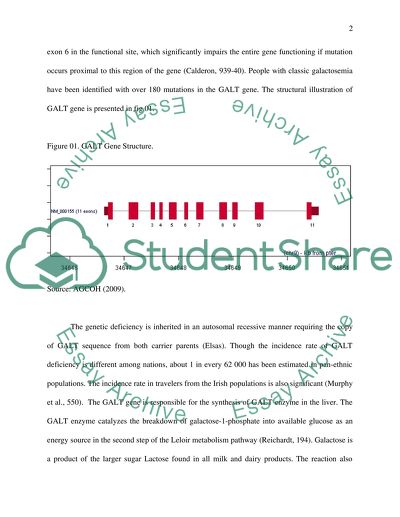Cite this document
(“Human gene Essay Example | Topics and Well Written Essays - 750 words”, n.d.)
Retrieved from https://studentshare.org/biology/1459731-human-gene
Retrieved from https://studentshare.org/biology/1459731-human-gene
(Human Gene Essay Example | Topics and Well Written Essays - 750 Words)
https://studentshare.org/biology/1459731-human-gene.
https://studentshare.org/biology/1459731-human-gene.
“Human Gene Essay Example | Topics and Well Written Essays - 750 Words”, n.d. https://studentshare.org/biology/1459731-human-gene.


